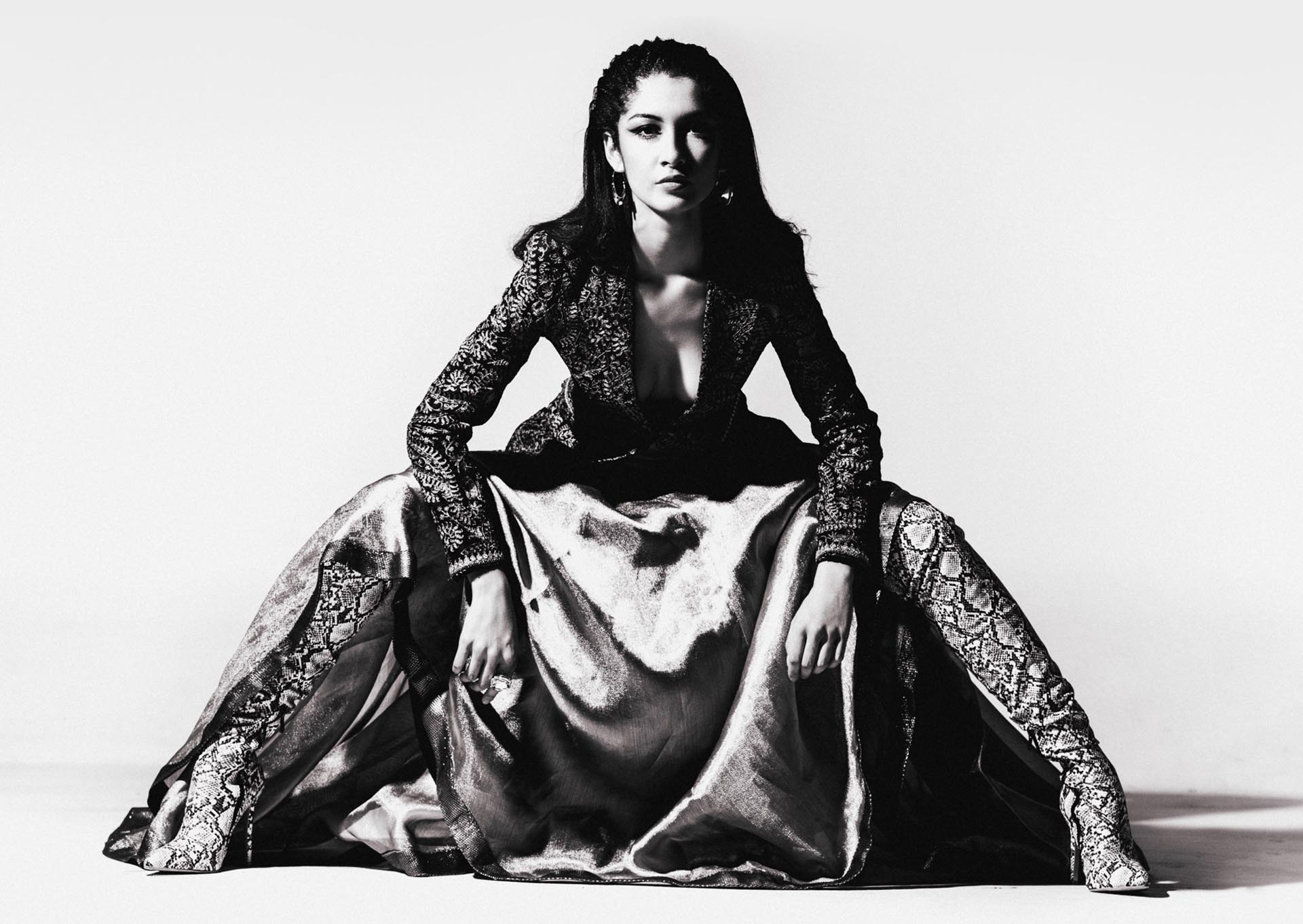Unveiling TikTok Advertising Secrets
Explore the latest trends and insights in TikTok advertising.
Fashion Photography: Where Style Meets the Lens
Discover the art of fashion photography and see how style meets the lens! Unleash your creativity and elevate your photo game today!
Understanding the Magic: How Lighting Transforms Fashion Photography
In the world of fashion photography, lighting plays an essential role in shaping the mood and aesthetic of the images. By understanding how different lighting techniques can create various effects, photographers can bring out the beauty of their subjects in unique ways. For instance, using natural light during the golden hour can produce soft, flattering shadows that enhance the model's features, while harsh lighting can create dynamic contrasts that emphasize the sharp lines of a fashion garment. Therefore, experimenting with both artificial and natural light sources can significantly impact the outcome of a photoshoot.
Moreover, mastering the art of lighting can help define a fashion photographer's unique style. Techniques such as high-key lighting can convey a sense of freshness and minimalism, while low-key lighting can evoke drama and intimacy. Each choice generates a different atmosphere that not only showcases the clothing but also tells a story about the brand. As photographers pay close attention to how light interacts with fabrics and textures, they can elevate ordinary fashion imagery into compelling visual narratives that resonate with audiences.

The Essential Gear Every Fashion Photographer Should Have
Every fashion photographer needs to equip themselves with the right tools to capture stunning images that resonate with their audience. Essential gear includes a high-quality camera body, which serves as the foundation for your photography. Many professionals opt for a full-frame DSLR or mirrorless camera, such as the Canon EOS R5 or the Sony A7R IV. Additionally, a versatile lens collection is crucial; prime lenses, like a 50mm f/1.8 for portraits, and zoom lenses, such as a 24-70mm f/2.8 for versatility, should be included. Lighting equipment also plays a significant role; having a set of speedlights, softboxes, and reflectors can significantly enhance the shoot's quality.
In addition to your camera and lenses, essential gear should also encompass various accessories that facilitate the workflow of a fashion shoot. A sturdy tripod is important for stability, especially during long exposure or low-light situations. Don’t forget to invest in a reliable camera bag to protect your gear while on the go. Moreover, having extra batteries and memory cards can save you from potential mishaps during shoots. Finally, a laptop or tablet with photo editing software is invaluable for quickly reviewing and editing images, ensuring you’re always ready to deliver outstanding results to your clients.
5 Tips for Capturing the Perfect Fashion Portrait
Capturing the perfect fashion portrait requires a blend of creativity and technical skill. Here are 5 tips to help you achieve stunning results:
- Understand Your Subject: Spend some time getting to know the model's style and personality, as this will help you capture their essence in your portraits.
- Lighting is Key: Utilize natural light when possible, as it creates soft and flattering effects. Experiment with different times of day to find the most suitable lighting for your shoot.
- Choose the Right Background: A simple background allows your subject to stand out. Look for interesting textures or colors that complement your model's outfit.
- Experiment with Angles: Don't be afraid to try different angles and perspectives. Capture a variety of shots to find the most flattering poses and compositions.
- Post-Production Magic: Editing is an essential part of the process. Enhance colors, adjust exposure, and retouch imperfections to create a polished final image.